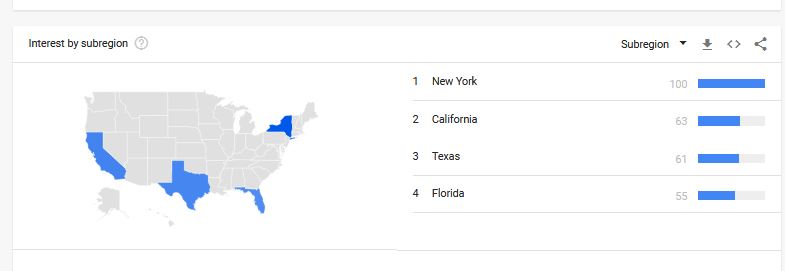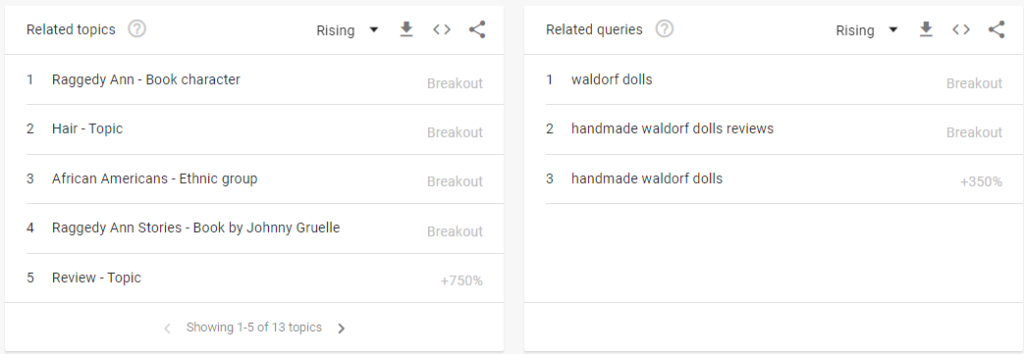Starting a business doesn’t have to be expensive, complicated, or overwhelming. In fact, some of the most successful entrepreneurs began with nothing more than a laptop, a simple idea, and a willingness to take the first step.
If you’ve been feeling the nudge to start something of your own — whether for extra income, creative expression, or long‑term independence — here are 10 low‑cost business ideas you can launch as soon as this weekend.
Each one is beginner‑friendly, flexible, and scalable… and most require little more than your time and creativity.
1. Start a Digital Product Shop
Digital products are one of the easiest and most affordable businesses to start.
You can create:
- printables
- planners
- templates
- digital stickers
- clipart
- journaling pages
Platforms like Etsy, Gumroad, and your own website make it simple to get started.
Why it works: No inventory, no shipping, and unlimited earning potential.
2. Become a Virtual Assistant
If you’re organized, reliable, and enjoy helping others, virtual assistance is a perfect entry point into online business.
You can offer:
- inbox management
- scheduling
- customer support
- social media posting
- simple admin tasks
Why it works: You can start with just a laptop and a clear list of services.
3. Offer Bookkeeping for Micro‑Businesses
Small creators, Etsy sellers, and local service providers desperately need simple bookkeeping help — and most don’t want to hire a big accounting firm.
If you understand basic bookkeeping (or want to learn), this is a high‑demand niche.
Why it works: Low competition + recurring monthly income.
Pro tip: Tools like GnuCash make it easy to manage clients without expensive software.
4. Create Social Media Content for Small Businesses
Every business needs content, but not every business owner has the time or skill to create it.
You can offer:
- Instagram posts
- Reels
- Canva templates
- branded graphics
Why it works: Businesses will pay well for consistent, quality content.
5. Teach a Mini‑Workshop or Online Class
You don’t need a full course to get started.
A simple 60–90 minute workshop can be enough to launch your teaching business.
You could teach:
- Canva basics
- budgeting
- Etsy setup
- journaling
- digital art
- beginner bookkeeping
Why it works: You can pre‑sell the workshop before creating anything.
6. Launch a Print‑on‑Demand Shop
With print‑on‑demand, you design the artwork and a third‑party company prints and ships the products.
You can sell:
- shirts
- mugs
- journals
- tote bags
- stickers
Why it works: No inventory, no upfront cost, and endless creative freedom.
7. Start a Local Service Business
Not every business has to be online. Local services are always in demand and require almost no startup cost.
Ideas include:
- cleaning
- organizing
- pet sitting
- lawn care
- errands
- tutoring
Why it works: You can start with a simple Facebook post or flyer.
8. Sell Digital Illustrations or Clipart
If you enjoy drawing or digital art, you can turn your creativity into income by selling:
- watercolor elements
- vector packs
- character sets
- modular cutouts
- themed clipart bundles
Why it works: Artists can earn passive income from assets that sell over and over.
9. Create Faith‑Based Journaling or Curriculum Resources
If you love ministry, Bible study, or spiritual formation, this niche is both meaningful and profitable.
You can create:
- sermon notes
- ACTS journaling pages
- Bible study guides
- printable devotionals
Why it works: Faith‑based resources have a loyal, appreciative audience.
10. Start a YouTube Channel or Short‑Form Video Series
You don’t need fancy equipment — just your phone and a clear message.
You can share:
- business tips
- digital product ideas
- faith‑based encouragement
- workflow hacks
Why it works: Video builds trust quickly and supports your long‑term brand strategy.
You don’t need a perfect plan to start a business — you just need a starting point.
Pick one idea from this list, give yourself permission to begin small, and take one step this weekend.
And if you want help setting up simple, stress‑free bookkeeping for your new business, my GnuCash courses and templates are designed to make the financial side easy, even if you’re brand new.














